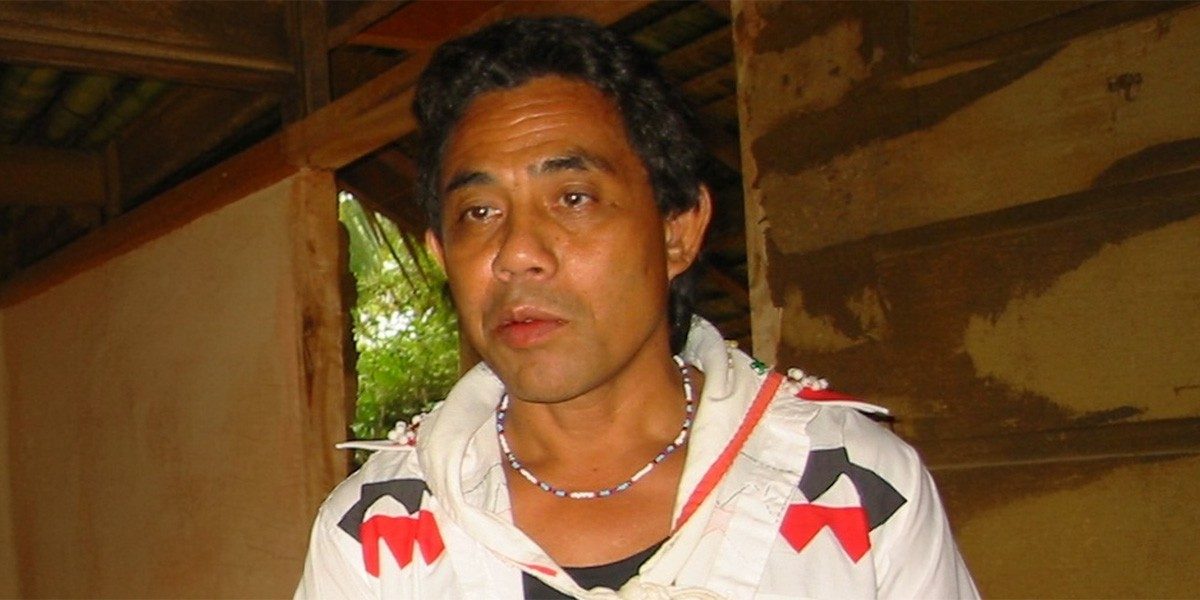By: Jon C. Leal
Three mountains hidden deep in the Philippine archipelago stand as ancient sentinels of history, spirituality, and mystery: Mt. Kimangkil, Mt. Balatukan, and Mt. Lumot. According to the Higaonon tribal tradition, these mountains are sacred landscapes infused with deep cultural significance, supernatural encounters, and even connections to the afterlife.
Mt. Kimangkil: The Mountain of Survival
Mt. Kimangkil is revered as the site where Apo Entampil, the great ancestral mother, survived a catastrophic flood. Much like the biblical tale of Noah, this story reflects humanity’s resilience and the belief that civilization was reborn atop this sacred peak. For the Higaonon people, Mt. Kimangkil symbolizes endurance, strength, and a new beginning.
Mt. Balatukan: The Mountain of Souls
If Mt. Kimangkil represents survival, Mt. Balatukan is the final resting place of the spirit. The Higaonon believe that the souls of their ancestors reside here, living in harmony beyond the physical world. Unlike many religious traditions that include concepts of punishment after death, the Higaonon do not have a version of Hell. Instead, Mt. Balatukan serves as an eternal home, a place of peace where spirits continue their existence.
Mt. Lumot: The Mountain of Origins
Perhaps the most mysterious of the three, Mt. Lumot, is believed to be the cradle of humanity. According to oral tradition, it is home to the “Bato nga Agpoon,” a sacred rock holding the ancient divine laws. Mt. Lumot has also been the site of strange phenomena, including the crash of Cebu Pacific Flight 387 in 1998. Many believe the mountain is guarded by elemental beings, mystical creatures, and unseen forces that shape the fate of those who venture too close.
The Legacy of the Three Sacred Mountains
What sets these mountains apart is not just their physical presence, but their ability to shape the collective consciousness of the Higaonon people. Generations have passed down the stories of Mt. Kimangkil, Mt. Balatukan, and Mt. Lumot, with each tale offering both a spiritual and educational lesson. For the Higaonon, these mountains are not mere geographical features; they are living, breathing symbols of the interconnectedness between humanity and the natural world. Rituals, ceremonies, and rites of passage often occur in the shadow of these peaks, reinforcing their role in shaping the identity of the community. These sacred lands remind the Higaonon of their deep responsibility to protect the land and its inherent spiritual power, an ongoing relationship that links their ancestors to the present and future generations.
Supernatural Encounters and Parallel Worlds
Beyond their historical and spiritual significance, these mountains are also shrouded in supernatural lore. Stories of mysterious entities, time loops, and parallel worlds abound. One of the most intriguing accounts comes from a tribal elder’s younger brother, who claimed to have been taken aboard a flying machine by beings from another world. He described them as advanced yet peaceful, existing in a hidden dimension within our own.
Why Do These Stories Matter?
The legends of the Three Sacred Mountains are not just tales of the past; they are vital narratives that connect people to their heritage, spirituality, and the mysteries of the universe. These mountains serve as a reminder that some places hold secrets beyond our understanding, whether through ancient wisdom, supernatural encounters, or the echoes of history.
Takeaway
Curious about more untold mysteries of the universe? Step into Timelines of Truth: Finding the Omniverse by Datu Efren Hospital Mandipensa and find hidden truths that connect ancient traditions to modern discoveries. Your journey into the unknown begins now!
Disclaimer: The information presented in this article is for general informational purposes only. Readers are encouraged to approach these stories with respect for the traditions and beliefs of the community while understanding that they are part of a larger cultural narrative.

















